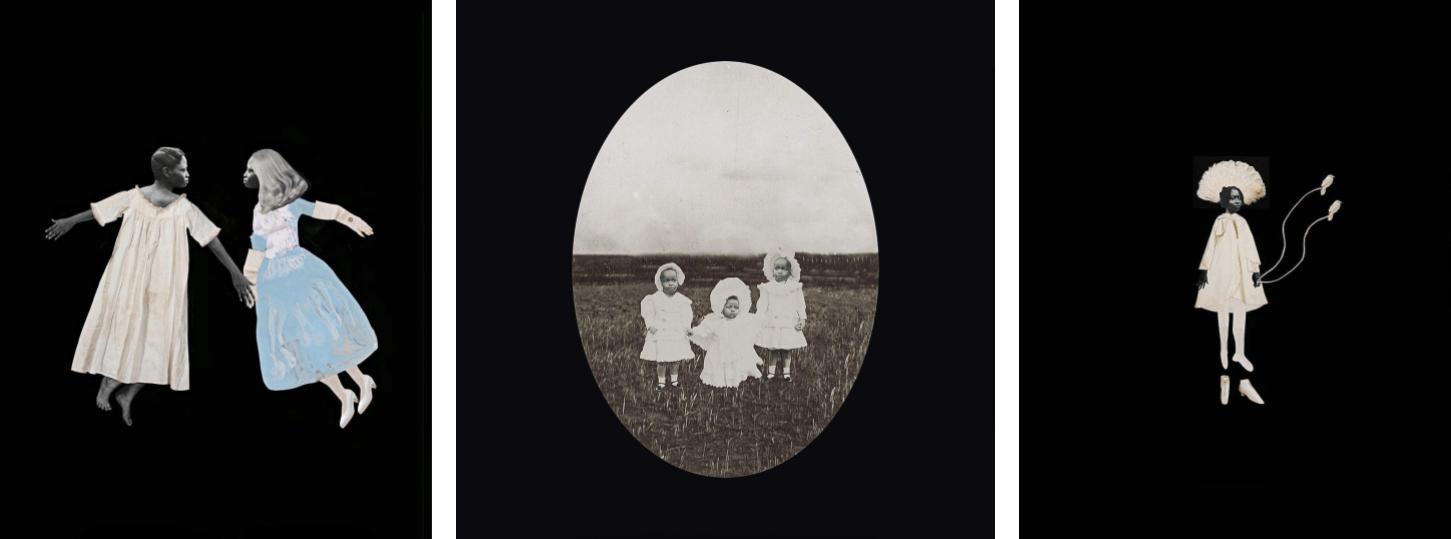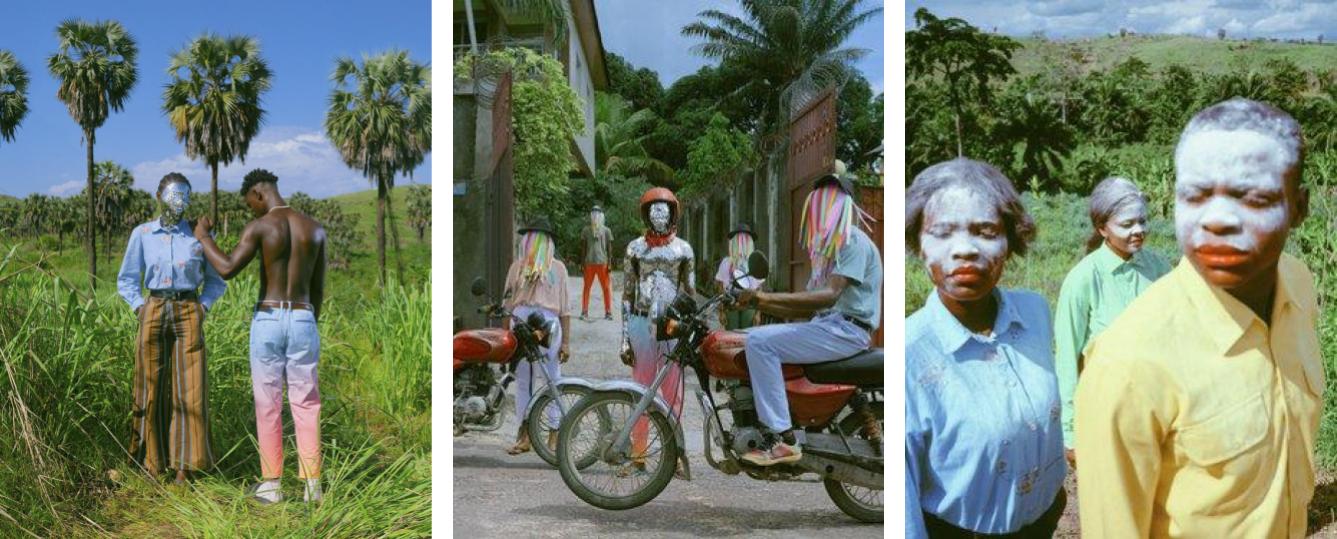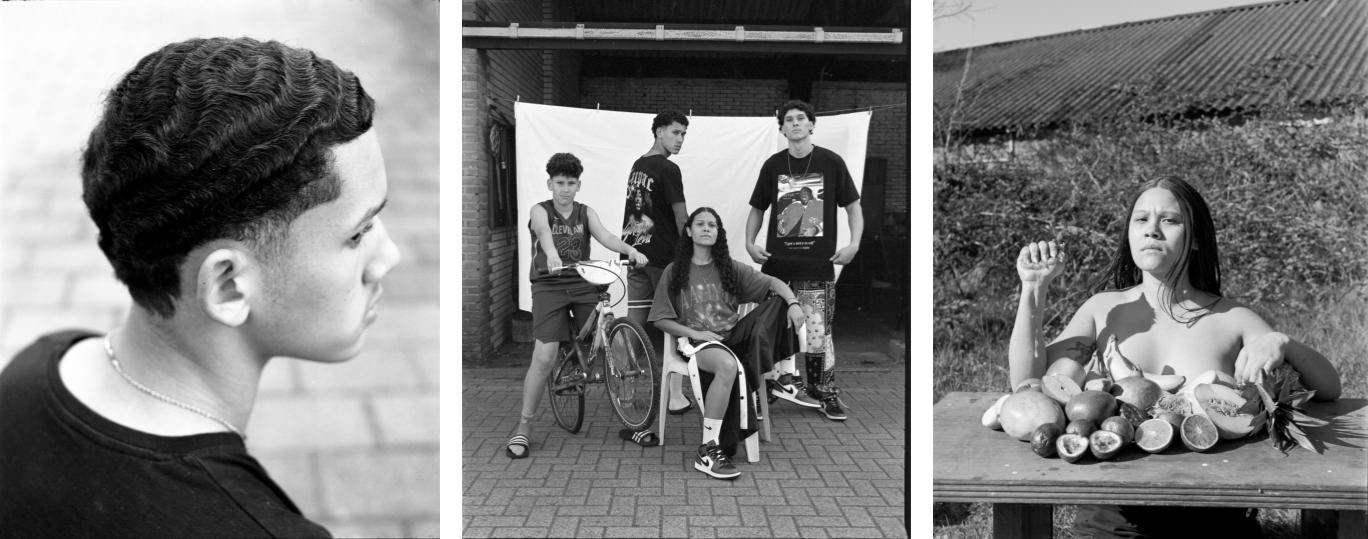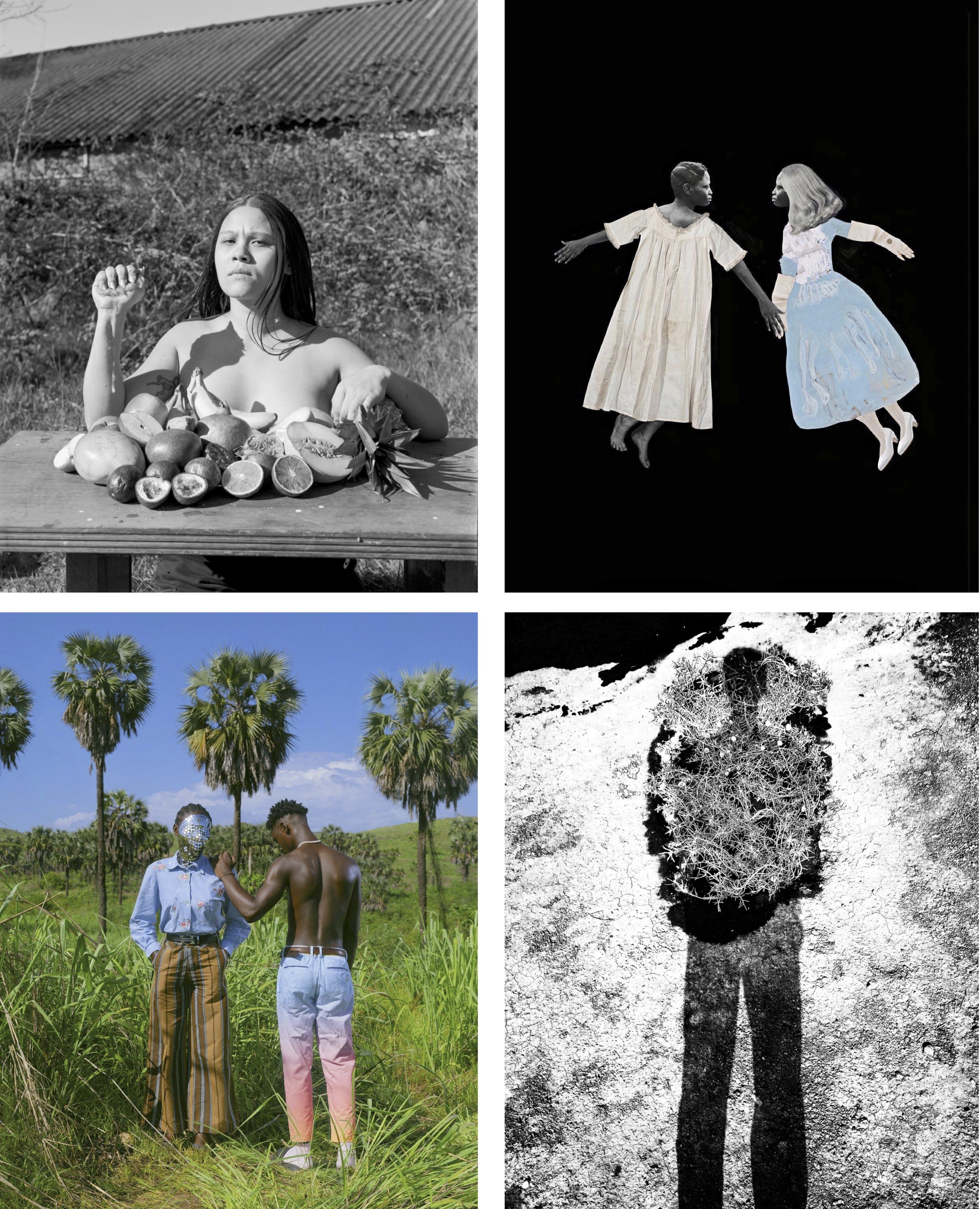They are from Egypt, Sudan, South Africa and the DRC and Farren van Wyk, who is also ZAM’s photo- and webeditor, is one of them. Check out the amazing photography of 4 of the 5 winners Ahmed Khirelsid, Tshepiso Moropa, Kriss Munsya and Farren van Wyk.
The winners of the 13th cycle of CAP were announced on Saturday 6 July at the international photo festival Rencontres d’Arles in France. The prize is directed at photographers who engage with the African continent or its diaspora. The five winning entries will be showcased in a series of exhibitions in collaboration with significant photography events in Africa and the rest of the world to further raise the profile of African photography.
This years winners are:
Ahmed Khirelsid (2001, Sudan)

Under Control, 2024
On April 15, they woke up to the noise of their family in distress and many missed calls on their phone. War had broken out in Khartoum. Within hours, they heard the sounds of artillery, realizing they were stuck in the middle of a battlefield. They had to leave. Death, violence, political and economic instability, upheaval, and doubt have become inherent to the Sudanese people in the last five years, from the revolution to the pandemic to the military coup in 2021. "Under Control" is a personal project that documents their experience of being forced to leave their family home and their attempts to adapt to this new situation. Through this work, they try to explore and understand the psychological and emotional trauma received as a result of this war, as well as those around them. It is both a commentary on the mental state they are going through during this challenging time and also indirectly a political commentary on the news and propaganda. They fled to a village called Al-Hasaya, where their uncle offered them an abandoned house. They don't know what the next step is. It is a time of waiting and uncertainty.
ZAM featured Khirelsed’s photography in this article published in June, 2024.
Tshepiso Moropa (1995, Pretoria)

Dineelwane, 2024
"Dineelwane," a Setswana word for fairy tales, is a body of work inspired by Setswana folktales and folklore. Through this artistic practice, the artist strives to bring these traditional narratives to life, bridging the gap between the past and the present and preserving the cultural heritage of the Setswana people. Central to this body of work is a deep respect and fascination for Setswana folklore, captivated by the stories' timeless wisdom, moral lessons, and magical elements. Each folktale holds a unique blend of history, cultural values, and the human experience, serving as a wellspring of inspiration for these artistic creations.
Beyond the aesthetic and storytelling aspects, "Dineelwane" is driven by a deep desire to preserve Setswana folklore and celebrate the cultural heritage of the Setswana people. Through this art, the artist aims to introduce these captivating tales to new audiences, fostering appreciation and understanding of Setswana culture's rich traditions and oral history. Engaging with these folklores in a contemporary context, the work hopes to create a dialogue between the past and the present, encouraging conversations about identity, heritage, and the importance of cultural preservation.
Kriss Munsya (1986, Kinshasa)

Genetic Bomb, 2023
"GENETIC BOMB" is a story that stems from a never-ending question about the past confronting the future. When part of a marginalized group, one tends to imagine better outcomes for their community. The story of "GENETIC BOMB," instead of focusing on the future, interrogates the roots of any potential future. Its premise is that every time anyone positively impacts the world around them, it changes their nature on a genetic level. This implies that the more people fight for change, the more they create generations capable of making their dreams of freedom a reality because it becomes embedded in their DNA. Conversely, when someone defends the status quo, their DNA remains unchanged. This sets the stage for an eventual social confrontation between the two groups, which will dictate the future of our species.
The artist's previous work discussed reinventing a boy's future from the Congolese diaspora in Belgium. For "GENETIC BOMB," they decided to travel to Congo for the second time and stay there for five months. This journey was a powerful way for the artist to make peace with themselves, their father, and their culture.
Farren van Wyk (1993, Gqeberha, South Africa)

Mixedness is my Mythology, 2024
"Mixedness is My Mythology" explores the historical relationship between South Africa and the Netherlands, focusing on the connections and contradictions of migration, ethnicity, colonialism, and apartheid. The artist was born in South Africa in 1993, the official last year of the apartheid era, which classified them as Coloured. Growing up in the Netherlands created a point of intersectionality, connecting the African diaspora and European culture. Identity is personal and multifaceted, inspiring the artist to create work with their family.
The conscious choice of black-and-white analogue photography references the historical, anthropological, and inhumane images of people of colour in Africa that supported ideas on race and legalized oppression. Being neither black nor white, a person of colour is a shade of grey in which everything is possible. In this grey area, the artist uses photography to reclaim and redefine what being a person of colour means. This body of work shows a reconciliation and acceptance of their mixed identity. By forging their iconography, they are creating their family's mythology. It is an ode to being mixed.
More information, portfolios of winning artists and video here: CAP Prize – International Prize for Contemporary African Photography


